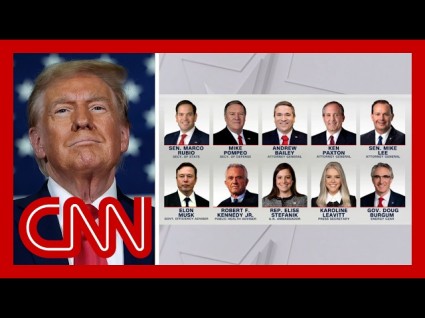ARTICLE AD BOX
Britain might not be too excited about a July election — but the pound is positively partying.
Sterling hit a two-year high against the euro on Wednesday as financial markets bet that the Bank of England will be forced to keep interest rates at their current level for a little bit longer yet, for fear of seeming to weigh in on the government’s side ahead of polling day on July 4.
The Bank is by law politically neutral, a point repeatedly stressed by Governor Andrew Bailey. That being the case, the optics of doing so only two weeks before an election are difficult, given that it would appear to be falling into line with the ruling Conservative Party’s narrative that the economy has made a decisive turn for the better under its stewardship.
“It’s now unlikely that the Bank will cut in June,” said Capital Economics’ chief economist Neil Shearing in a podcast at the weekend. “It doesn’t want to be seen as political.”
Exchange rates — the price of one currency relative to another — typically move in anticipation of changes to those currencies’ interest rates, and the latest twist to the BoE rate outlook comes only a week before the European Central Bank is expected to cut its key rate for the first time in five years.
All other things being equal, a stronger pound should reduce the cost of key imports such as oil and gas, taking more steam out of inflation and improving the spending power of Brits as they take their summer holidays abroad.
But, with the Conservatives still trailing Labour by some 20 points in the polls, any boost to sentiment that that generates now looks certain to benefit the next government, rather than the current one.
“This could be cited as evidence of market participants embracing the end of the Conservatives’ time in power and a welcome of a new Labour government, but in all likelihood this is more about yield!” said Mitsubishi UFG analyst Derek Halpenny, nodding to the shift in interest rate differentials.
 Financial markets bet that the Bank of England will be forced to keep interest rates at their current level for a little bit longer. | Carl Court/Getty Images
Financial markets bet that the Bank of England will be forced to keep interest rates at their current level for a little bit longer. | Carl Court/Getty ImagesThe pound rose as high as €1.1787 in early trade on Wednesday before giving up most of its gains later. But that left the sterling trade-weighted index, which tracks the pound against a broad basket of currencies, at its highest level since the day in 2016 when the U.K. voted to leave the European Union.
Blown off-course by inflation, wages data
Admittedly, two of the Bank’s nine-strong Monetary Policy Committee already voted for a first rate cut at their meeting earlier this month, arguing that inflation has come far enough off the boil.
But data since then have shown that both inflation and wages — the Bank’s two biggest bugbears — failed to come down by as much as expected in April. As such, a June cut — which had seemed at best a toss-up — looks harder to justify.
“I think it would be possible to cut in an election campaign if that was what the markets expected,” Michael Saunders, chief U.K. economist with Oxford Economics, told POLITICO.
But, he noted, such expectations have been scaled back since last week’s numbers, which showed inflation still above target at 2.3 percent. And even that headline rate was flattered by the lowering of energy regulator Ofgem’s reference price cap. Excluding energy and food prices, inflation is still running at 3.9 percent, and services inflation — which is the key variable now that the spike in energy and food has unwound — barely eased at all, running at 5.9 percent.
Prime Minister Rishi Sunak took much of the country — and many of his colleagues — by surprise last week, calling a snap election for July 4, some four months earlier than expected. The decision implied that another four months of steady but unspectacular growth were unlikely to have a meaningful impact on voters’ behavior.
And while the economy has now pulled out of recession and is clearly growing again, the average household’s finances are still strained: Saunders — himself a former MPC member — noted that, for the rest of this year, the average mortgage will still actually be getting more expensive, as fixed-rate deals struck two years ago in times of easy money reset at sharply higher levels. That means there’s less scope for a feel-good factor among a section of the population that is often Conservative-inclined.
.png)
 5 months ago
23
5 months ago
23








 English (US)
English (US)